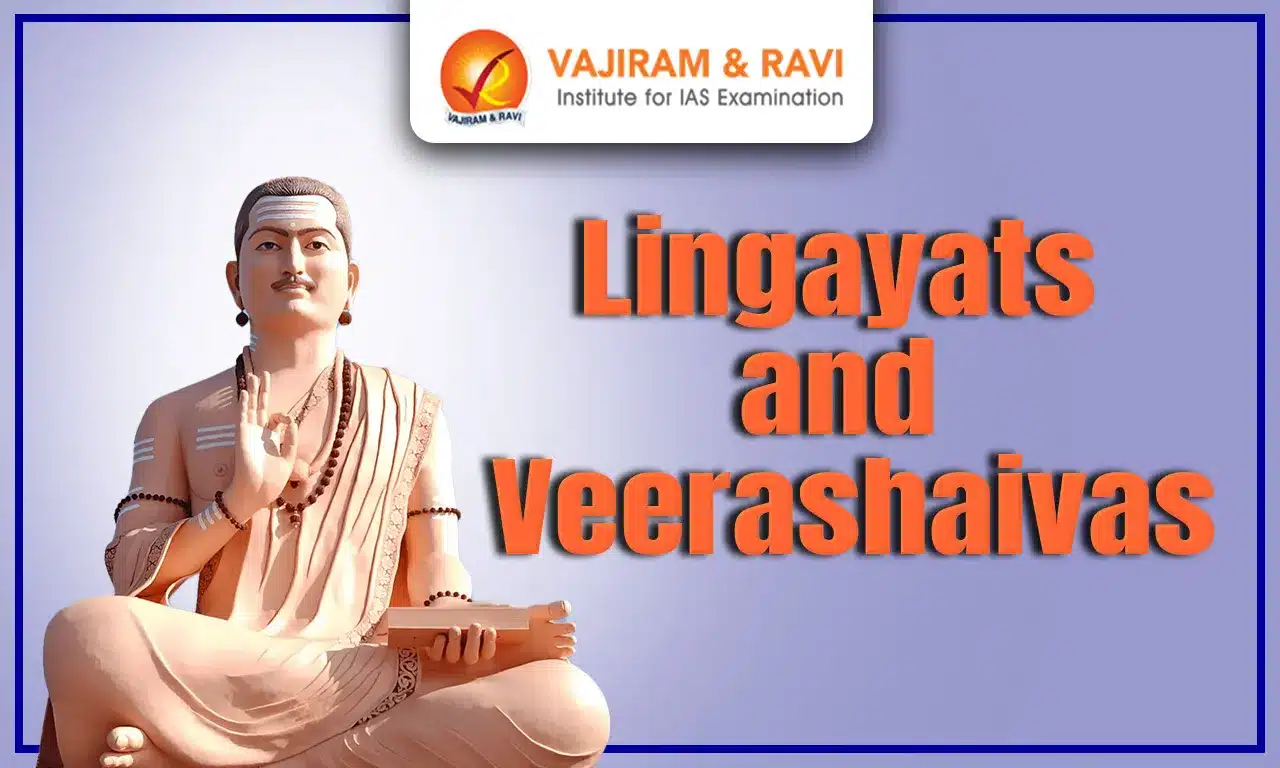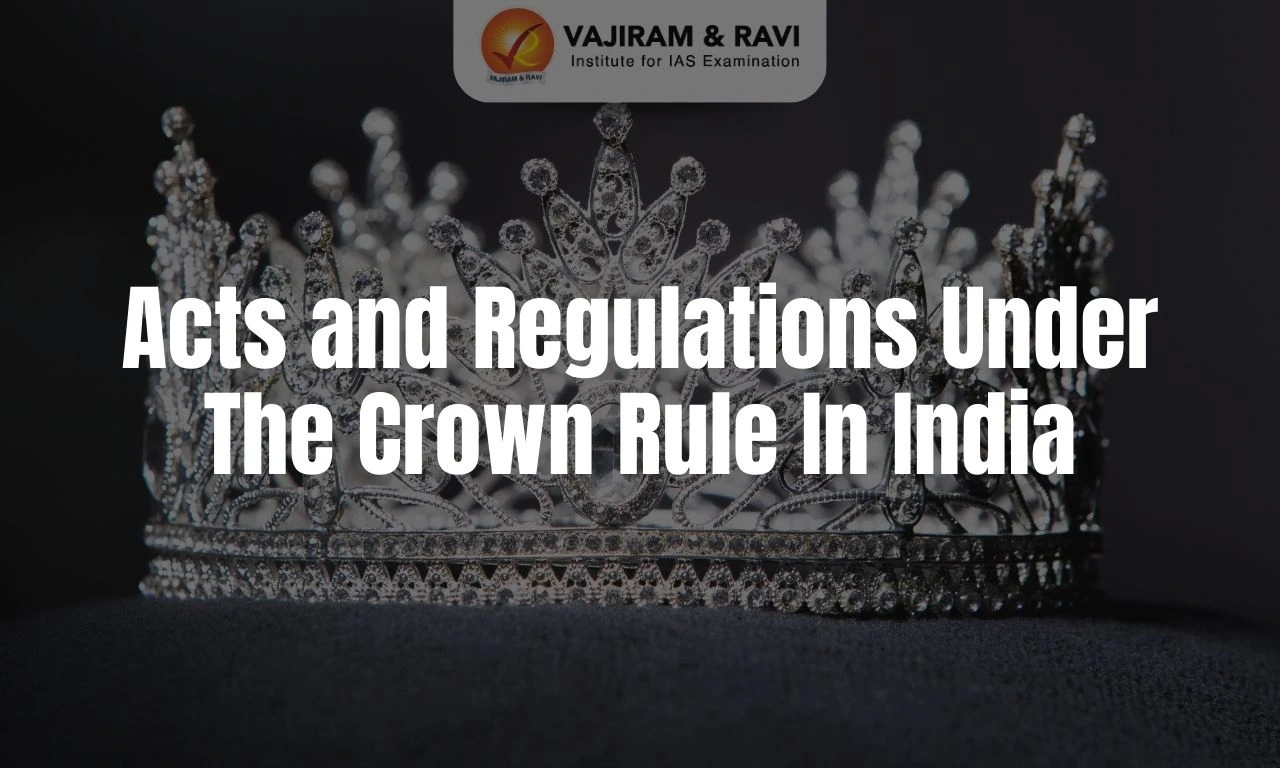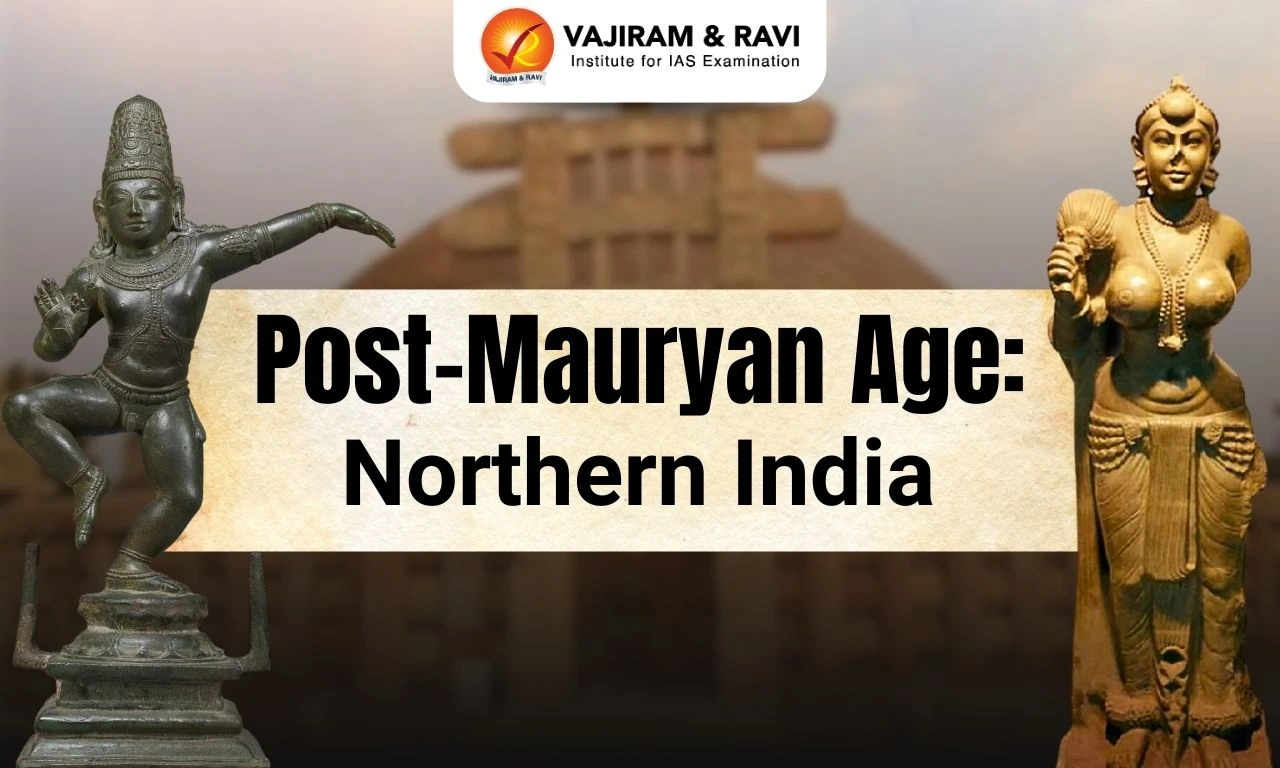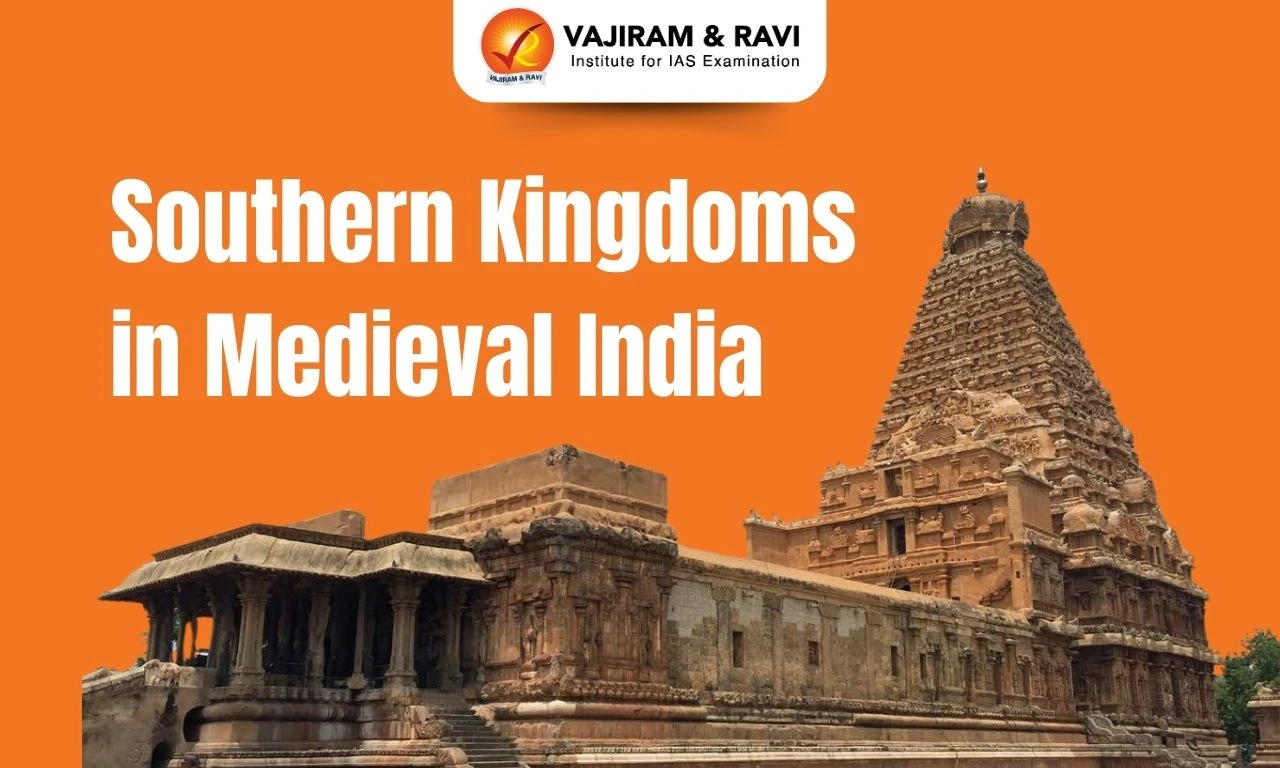Lingayats are followers of 12th-century social reformer Basavanna and his vachana (verses) philosophy, which emphasized equality, social justice, and devotion, rejecting Brahmanical authority, temple worship, and caste distinctions. They promoted work as worship and offered spiritual enlightenment for all, including householders and artisans. Lingayats worship ishtalinga, a formless God, and reject rituals, focusing on honest labour and social redistribution.
In contrast, Veerashaivas, a sub-sect, follow Vedic traditions and worship Lord Shiva from Hindu mythology. The ongoing debate surrounds the distinct identities of Lingayats and Veerashaivas, with modern political and cultural movements pushing for the recognition of Lingayats as a separate religion.
Lingayats Overview
Lingayats follow the teachings and philosophy of the 12th-century social reformer Basavanna, particularly his vachanas (verses). In contrast, Veerashaivas, who existed before Basavanna, are considered a sub-sect of the Lingayat tradition. While Basavanna’s vachanas mention "Shiva," he was referring not to the Hindu deity Shiva, but to the Ishtalinga—a representation of the formless divine—that members of the community wear around their necks as a symbol of their faith.
- They stressed the importance of being a compassionate and socially productive human being in this world and in this life.
- They considered all forms of labour and means of livelihood (kayaka) a form of worship, provided the honest earnings from labour (kayaka) are primarily used for social redistribution, called ‘dasoha’.
- The Sharanas emphasized socially productive and honest labour as a form of worship, rejecting renunciation and asceticism as the path to enlightenment as preached by the existing forms of Vedic, Agamic, Buddhism, Jainism, and other traditions.
- They offered a spiritual path accessible to ordinary people—householders, farmers, traders, and artisans alike.
- Lingayat is found primarily in Karnataka, where Lingayats comprise a major population. Lingayats are also found in significant numbers in Maharashtra and Andhra Pradesh.
Veerashaivas Overview
Veerashaivism, a sect deeply rooted in the Vedas and Agamas, centres solely around the worship of Lord Shiva as mentioned in Hindu mythology. Its followers are devoted to five religious centres known as Pancha Peethas, which are established similarly to the four peethas set up by Adi Shankara.
- The Veerashaiva tradition is predominantly practised across the Indian states of Karnataka, Kerala, Maharashtra, Andhra Pradesh, and Telangana, with a strong emphasis on exclusive devotion to Shiva.
Debate and Controversy
There is ongoing debate on whether Veerashaivas and Lingayats are the same or distinct, with many claiming that Veerashaivism’s adoption of Brahmanical practices has diluted the original tenets of Lingayatism.
Lingayat Movement
Lingayats are a Shaivite sect in Hinduism that emerged in the 12th Century AD in Karnataka during the reign of the Kalachuri dynasty. Basavanna, a minister in the court of Kalachuri King Bijjala (1157-67 CE), was the key proponent of Lingayatism. They opposed elaborate rituals prescribed by Hindu priests. The followers were called Veerashaivas (heroes of Shiva) or the Lingayats (wearers of Shivalinga). The movement included:
- Ishtalinga Worship: Worshipping Shiva in his manifestations as linga. A symbol representing the inner self, rather than through idols or temple worship.
- Rejection of Brahmanical Authority: Lingayats prioritized direct worship of Shiva and rejected the Vedic authority, the caste system, and Brahmin ceremonies.
- Social Reform: Encouraging post-puberty marriage, re-marriage of widows, and the promotion of inter-caste relationships.
- Significant contributors to the movement include Allama Prabhu, Channabasavanna, and Akka Mahadevi, a renowned female poet of 12th-century Kannada literature.
- Anubhava Mantapa: Basavanna established the Anubhava Mantapa, a "Hall of Experience," where people from all social backgrounds could gather, discuss religious and social issues, and share their experiences.
- Rejection of Rebirth: Burying their dead instead of cremating them (as they believe that devotees will be united with Shiva and will not return to this world). And they also Questioned the theory of re-birth.
Basavanna and His Contribution
Basavanna, a social reformer from the 12th century, spearheaded a significant movement that followed the path set by Buddha centuries earlier. Along with his contemporaries, the Sharanas, Basavanna initiated a powerful spiritual, social, and religious uprising against Brahminical dominance.
- He famously proclaimed that "work is worship" and promoted gender equality within his movement, especially through his vachanas (verses).
- To bring the movement closer to the common people, Basavanna and the Sharanas expressed their concerns in simple Kannada vachanas, ensuring they were accessible and understandable to all.
Lingayats Legacy
The Lingayat movement in medieval South India played a pivotal role in challenging the rigid social hierarchy, promoting social equality, and influencing Kannada literature and culture. Its emphasis on equality, social justice, and devotion continues to hold relevance in modern times, shaping political and cultural debates.
- Social Change: In medieval South India, the Lingayat movement was crucial in opposing the strict social hierarchy and advancing social equality.
- Cultural Impact: Kannada literature and culture were profoundly impacted by the movement, and the vachanas went on to play a significant role in the area's literary legacy.
- Lingayat Identity: In recent times, some Lingayats have called for recognition as a separate religion or as a distinct caste within Hinduism, leading to political debates and movements in Karnataka.
- Modern Relevance: The Lingayat movement's emphasis on equality, social justice, and devotion continues to resonate with people in South India and beyond.
Lingayats and Veerashaivas Difference
The difference highlights Lingayats and Veerashaivas, two distinct sects within Shaivism. It showcases differences in their founders, religious scriptures, views on equality, worship practices, and stance on temple worship.
|
Features |
Lingayat |
Veerashaiva |
|
Founder |
Basavanna |
Panchacharyas |
|
Religious script |
Vachana literature |
Vedas, Agama, Siddhanta Shikhamani |
|
Caste and gender equality |
Complete equality of men and women in religious, political and social practices |
No equality; hierarchical caste structure, with gender inequality |
|
Worship |
Shiva (ishta linga) is a formless, timeless entity that resides in each life form |
The statue of Shiva, and Shiva as envisaged in the Vedas, with a snake around the neck, etc |
|
Temples and priests |
Ban temple worship, Worships only ishta-linga |
Has a system of temples and priests |
Lingayats and Veerashaivas UPSC PYQs
Q1. With reference to the cultural history of medieval India, consider the following statements:
- Siddhas (Sittars) of the Tamil region were monotheistic and condemned idolatry.
- Lingayats of the Kannada region questioned the theory of rebirth and rejected the caste hierarchy.
Which of the statements given above is/are correct? (UPSC Prelims 2016)
- a) 1 only
- b) 2 only
- c) Both 1 and 2
- d) Neither 1 nor 2
Ans: (c)
| Other Related Posts | |
| Adi Shankaracharya | Bhakti Movements in North India |
| Ramanujacharya | Bhakti Movements in South India |
| Vallabhacharya | Guru Nanak |
| Lingayats and Veerashaivas | Basavanna |
Last updated on December, 2025
→ Check out the latest UPSC Syllabus 2026 here.
→ Join Vajiram & Ravi’s Interview Guidance Programme for expert help to crack your final UPSC stage.
→ UPSC Mains Result 2025 is now out.
→ UPSC Notification 2026 is scheduled to be released on January 14, 2026.
→ UPSC Calendar 2026 is released on 15th May, 2025.
→ The UPSC Vacancy 2025 were released 1129, out of which 979 were for UPSC CSE and remaining 150 are for UPSC IFoS.
→ UPSC Prelims 2026 will be conducted on 24th May, 2026 & UPSC Mains 2026 will be conducted on 21st August 2026.
→ The UPSC Selection Process is of 3 stages-Prelims, Mains and Interview.
→ UPSC Result 2024 is released with latest UPSC Marksheet 2024. Check Now!
→ UPSC Prelims Result 2025 is out now for the CSE held on 25 May 2025.
→ UPSC Toppers List 2024 is released now. Shakti Dubey is UPSC AIR 1 2024 Topper.
→ UPSC Prelims Question Paper 2025 and Unofficial Prelims Answer Key 2025 are available now.
→ UPSC Mains Question Paper 2025 is out for Essay, GS 1, 2, 3 & GS 4.
→ UPSC Mains Indian Language Question Paper 2025 is now out.
→ UPSC Mains Optional Question Paper 2025 is now out.
→ Also check Best IAS Coaching in Delhi
Lingayats and Veerashaivas FAQs
Q1. Who was the founder of the Lingayat sect?+
Q2. What is the symbol of the Lingayat caste?+
Q3. How do Lingayats view the caste system?+
Q4. What is the primary difference between Lingayats and Veerashaivas?+
Q5. What is the name of the literature of Lingayats?+
Tags: lingayats and veerashaivas quest UPSC Medieval History Notes

















